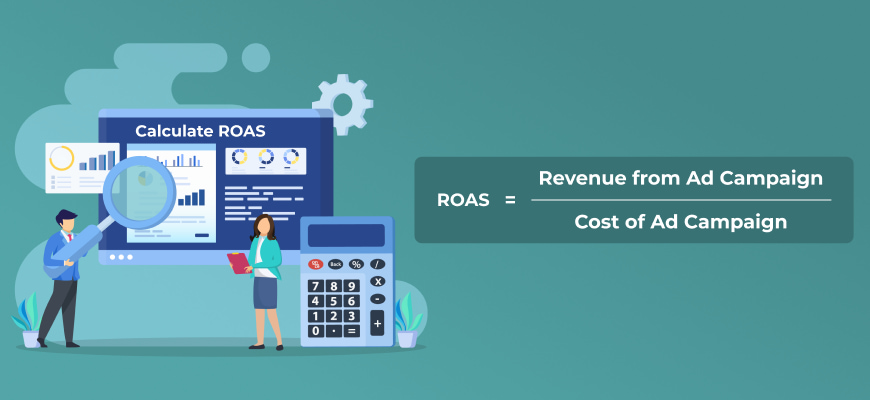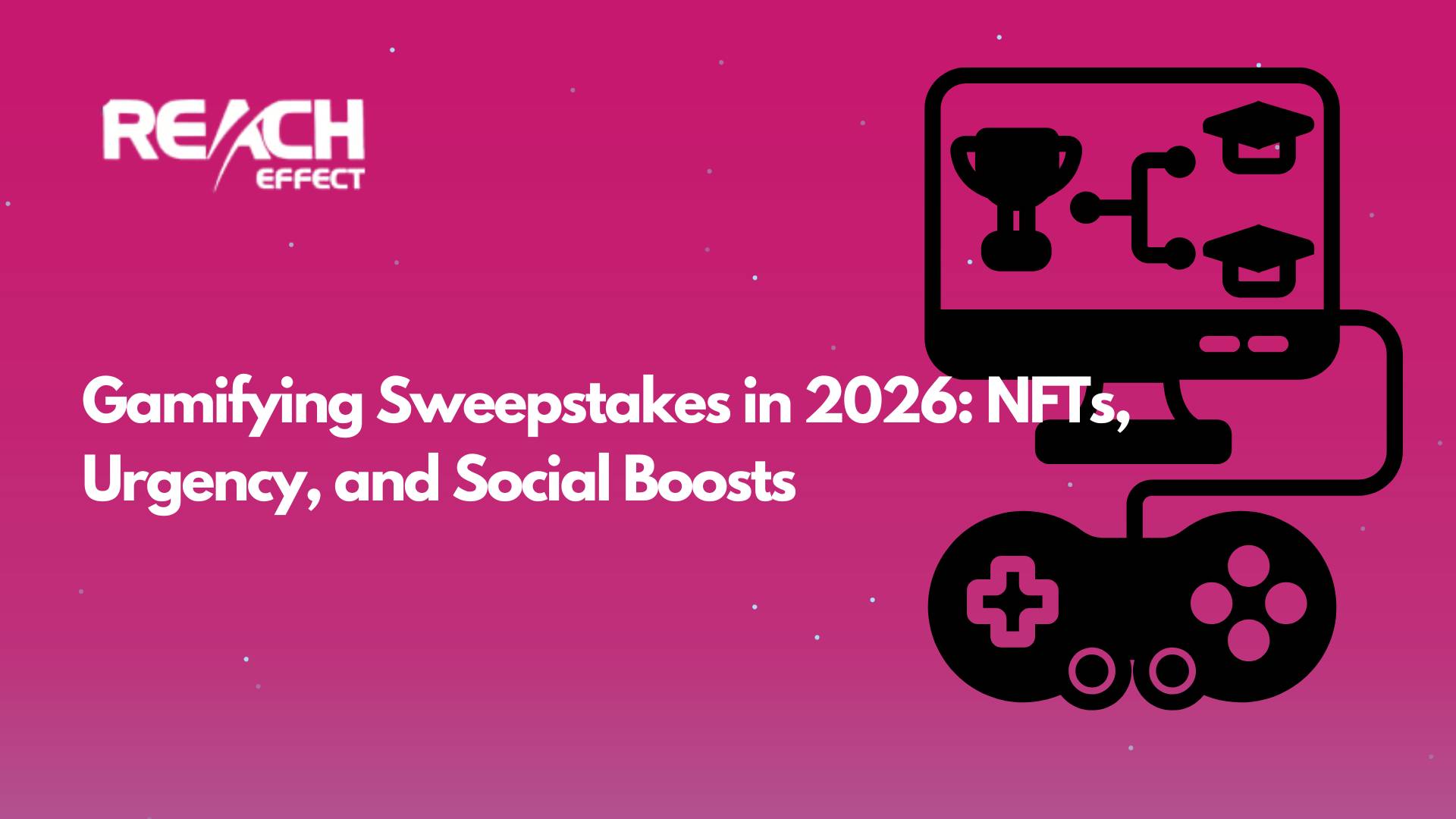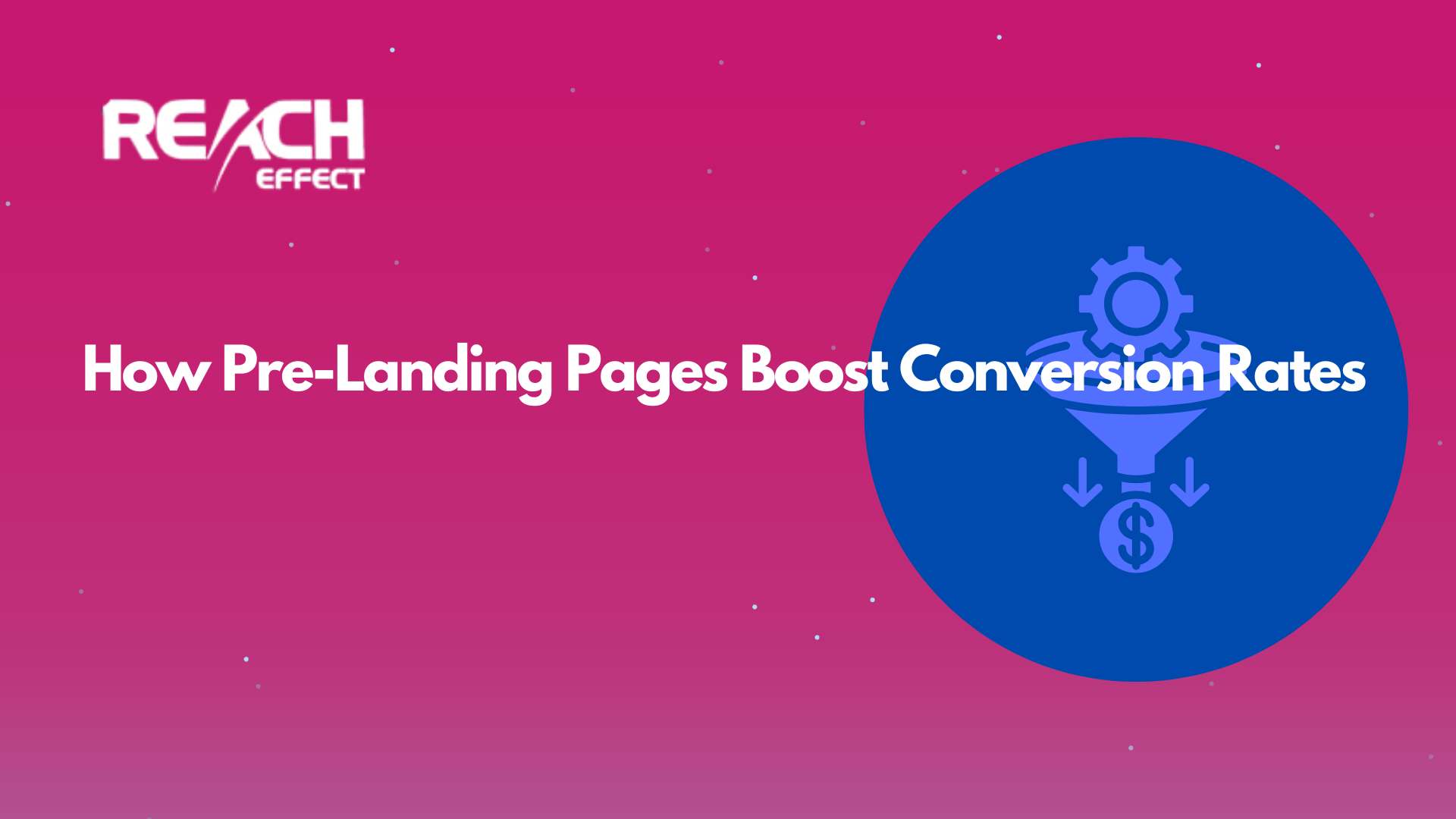ROAS calculation is the compass that guides advertisers. It offers a grasp of the efficacy of their promotions. This guide unravels the cobwebs of ROAS. We delve into the art and science of measuring the income generated for every dollar ad invested. We embark on this exploration. So, we’ll illuminate how ROAS emerges as a linchpin metric. This empowers marketers to make informed decisions and better their strategies. It helps them to achieve unprecedented success in the competitive web ads sector. We’ll help you to calculate the return on ad spend.
Thank you for reading this post, don't forget to subscribe!Calculate Return on Ad Spend: A Step-by-Step Guide
In the pursuit of mastering web ad potency, calculating ROAS is indispensable. This section provides a helpful guide. It equips marketers with the skills to navigate the intricacies of ROAS calculations. It is from defining the formula to interpreting results. Each step demystifies the process. They empower advertisers to gauge the performance of their campaigns accurately. Dive into this guide to uncover the insights needed to measure ROAS effectively.
How to Calculate Return on Ad Spend Effectively
In the intricate world of web ads, mastering the art of calculating ROAS is a pivotal skill. That can make or break marketing campaigns. This guide unveils the intricacies of the return on ad spend formula. It also delves into the strategies for effective implementation, highlighting best practices.

Understanding the Return on Ad Spend Formula
In essence, calculating ROAS happens by dividing the revenue generated from advertising by the amount spent on those ads.
The formula is:
ROAS = (Revenue from Ad Campaign / Cost of Ad Campaign)
Common Pitfalls in ROAS Calculation
1. Attribution Challenges:
- One of the most prevalent pitfalls is the challenge of attributing revenue accurately to specific ads or campaigns. It is often leading to misleading ROAS figures.
2. Overlooking Overhead Costs:
- It is failing to incorporate all associated costs. It includes overhead and operational expenses, which can result in an underestimated ROAS. It provides an incomplete picture of true campaign profitability.
3. Ignoring Customer Lifetime Value (CLV):
- ROAS calculations may fall short if they neglect acquired customers’ long-term value. It is undermining the advertising efforts’ actual impact.
Best Practices for ROAS Calculation
1. Granular Tracking:
- Install granular tracking mechanisms to attribute revenue accurately. They are enabling a more precise assessment of individual ad performance.
2. Holistic Cost Consideration:
- Incorporate all costs associated with ads. Ensure a comprehensive understanding of the investment and facilitate informed decision-making.
3. Customer Segmentation:
- Factor in client division and lifetime value analysis. They help to gain insights into the sustained impact of ad efforts beyond immediate returns.
Embrace these strategies and steer clear of common pitfalls. So, marketers will know how to calculate return on ad spend. Also, they may transform it into a powerful tool for strategic decision-making.
Conclusion
You delve into the intricacies of calculating ROAS and bettering your promotions. The next step towards unparalleled marketing success lies with ReachEffect traffic. Elevate your campaigns by making a strategic deposit on our platform. Activate and immerse yourself in a realm of impactful promotion.










